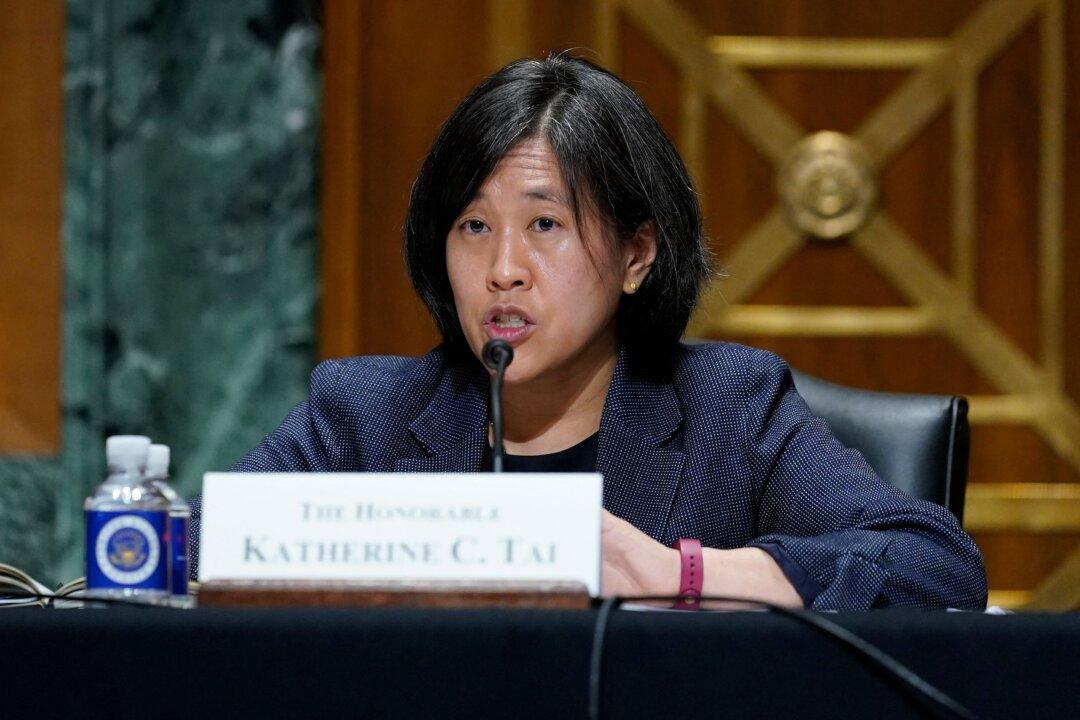News Analysis
The Biden administration embodies the weakness of anemic diplomacy against Beijing’s continued predatory trade practices.

The Biden administration embodies the weakness of anemic diplomacy against Beijing’s continued predatory trade practices.